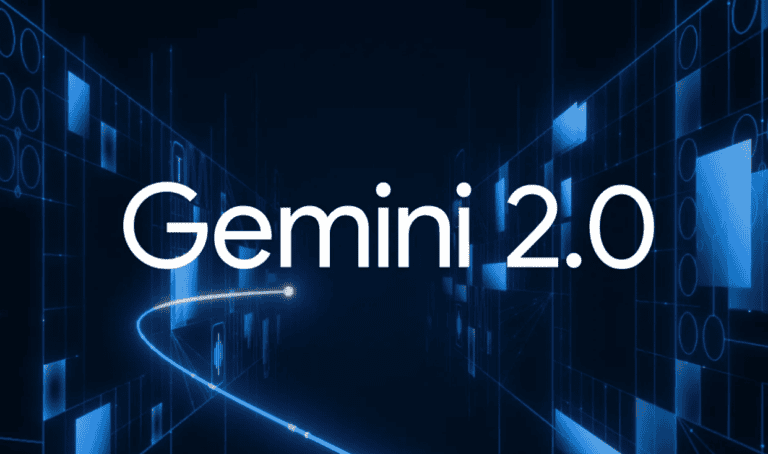Following a two-month trial, Google’s Gemini 2.0 model family is now generally available. Google has also introduced an experimental reasoning model, directly challenging OpenAI and newcomer DeepSeek.
Gemini 2.0 was initially unveiled in December, with Google positioning the new models as ideal companions for the agentic AI era. However, in the months since, the focus has shifted: “reasoning” has become the prevailing buzzword, rather than agents. Consequently, Gemini 2.0 Pro Experimental, released just last week, garnered less attention as it’s a ‘classic’ LLM without a dedicated reasoning step. This means it doesn’t perform explicit thought processes before generating its final output, unlike OpenAI’s o1 and DeepSeek-R1. The prevailing notion is that such an intermediate step improves the final output, which R1 essentially ‘taught itself’ to do through reinforcement learning.
Integrated with Google services
Gemini Advanced subscribers now gain access to all Gemini 2.0 variants within the Gemini app. This integration is a significant advantage, as the application connects directly with all Google services. For the first time, a reasoning model (Gemini 2.0 Flash Thinking Experimental) is available, offering suggestions directly within Google Maps, Gmail, and other GSuite applications. Brief testing demonstrates sophisticated reasoning capabilities, for example, in recommending lunch spots or the best time to depart.
This integrated ecosystem is a strength that OpenAI, with its o1, o3-mini, and later o3 models, struggles to match, primarily due to its lack of a comparable service suite. DeepSeek offers open-source flexibility, but developers elsewhere will need to independently integrate DeepSeek-R1 with other applications. Google, however, provides this integration natively, including through Google AI Studio and Vertex AI.
Another significant advantage is Gemini 2.0’s remarkable speed. This is largely attributed to Google’s expertise with its own TPUs (Tensor Processing Units), specialized AI chips optimized for running LLMs. Google’s “full-stack approach to AI innovation,” as previously described, is now proving to be a core strength that will propel the company forward in the AI race.
Little attention, much power
Compared to DeepSeek-R1 and OpenAI’s o3-mini, Gemini 2.0 has received relatively limited attention. Nevertheless, Google’s benchmarks suggest that the wider world should indeed take notice of these new LLMs. In practice, the true impact of such statistics often becomes apparent over time. DeepSeek-R1, for instance, made a strong impact and justifiably positioned itself just below OpenAI’s impressive o1 model, while Anthropic’s Claude 3.5 Sonnet has been receiving more positive user feedback online for months than its benchmark scores might indicate.
We have already highlighted several strengths of Google’s Gemini ecosystem, but one crucial aspect deserves reiteration: the context window. Gemini 2.0 Pro offers access to a massive 2 million token context window. This is often described as equivalent to 3,000 pages of text. While codebase sizes vary, roughly 100,000 lines of code require a context window of approximately 1.25 million tokens.
Gemini 2.0 Flash approximates this context window with 1 million tokens, roughly 1,500 pages – undeniably a vast amount of text. The question remains: how reliable is this extended context? If Google’s earlier claims regarding Gemini 1.5 Pro are accurate, the model should excel at finding relevant information even within such extensive data.
Also read: OpenAI comes with ‘deep research’; the answer to DeepSeek?
PDF champion
Another interesting feat is that Gemini 2.0 Flash specifically converts PDFs like no other, as researcher Sergey Filimonov showed recently. OpenAI’s 4o-mini, the most cost-effective PDF-to-markdown translator from OpenAI, delivers 200 pages per dollar through its API. Gemini 2.0 Flash manages to translate 6,000 pages (!) for that same single dollar. That’s a bit less than independent tests showed with Gemini 1.5 Flash, but in a much more reliable way.
